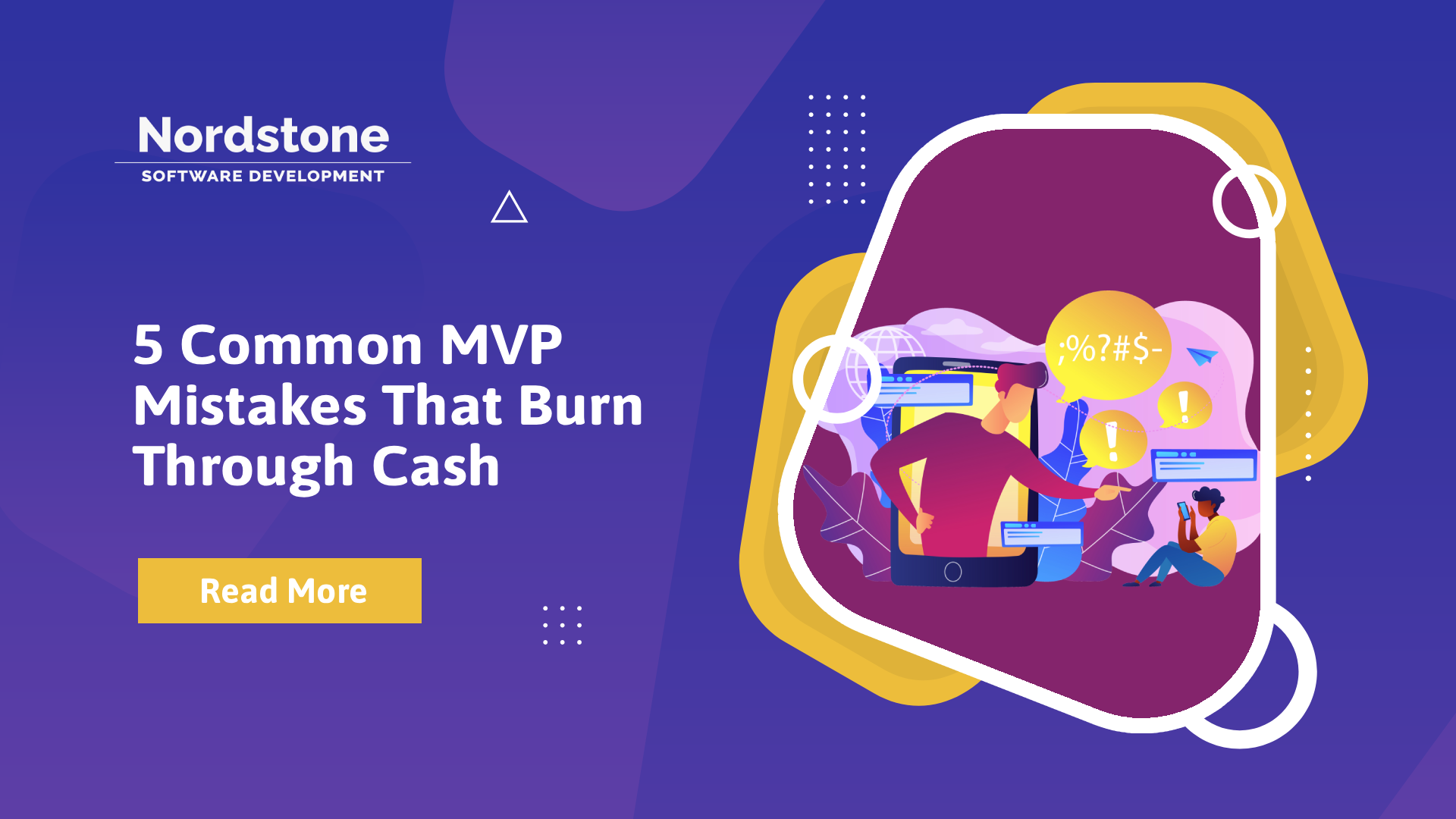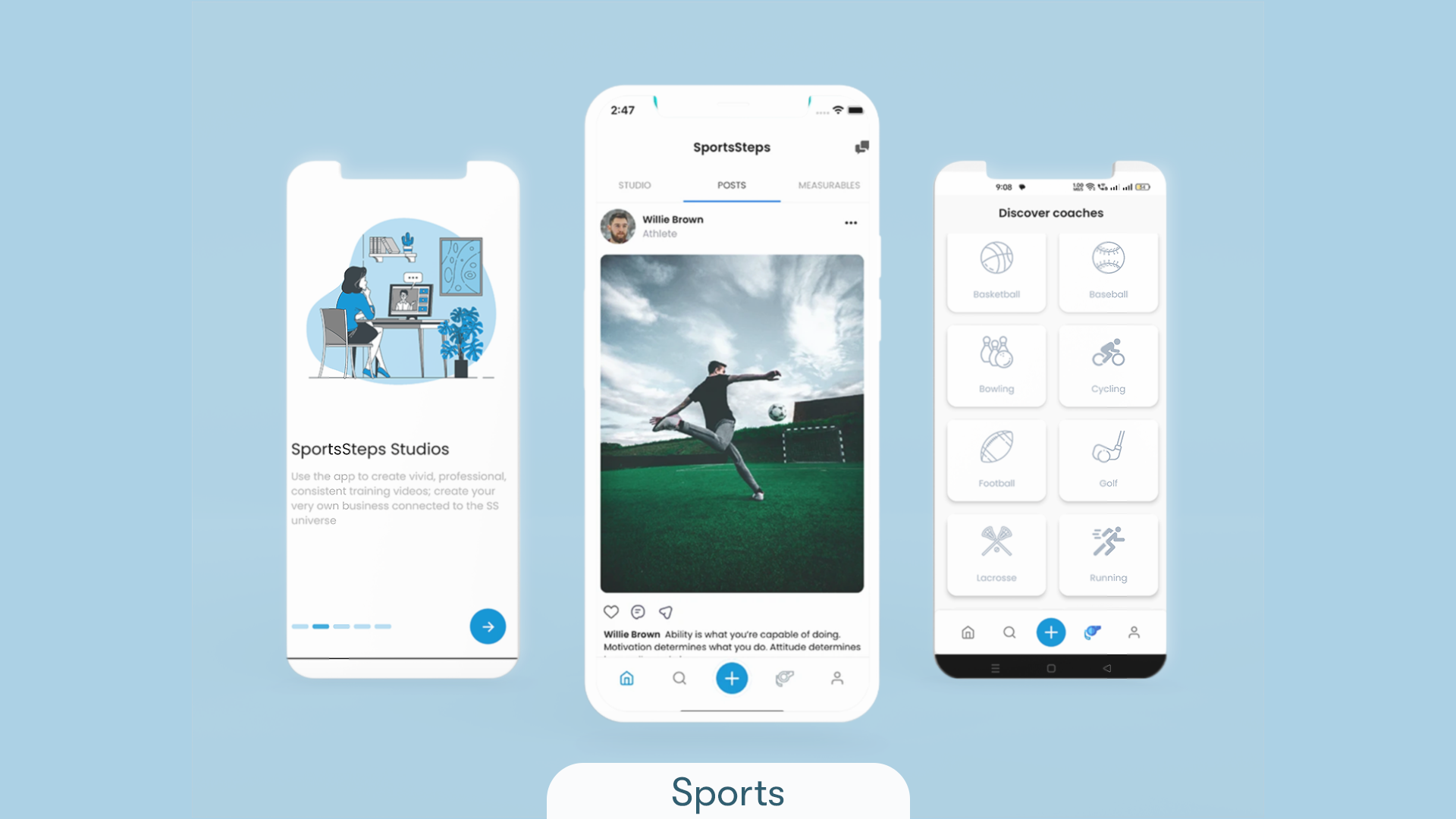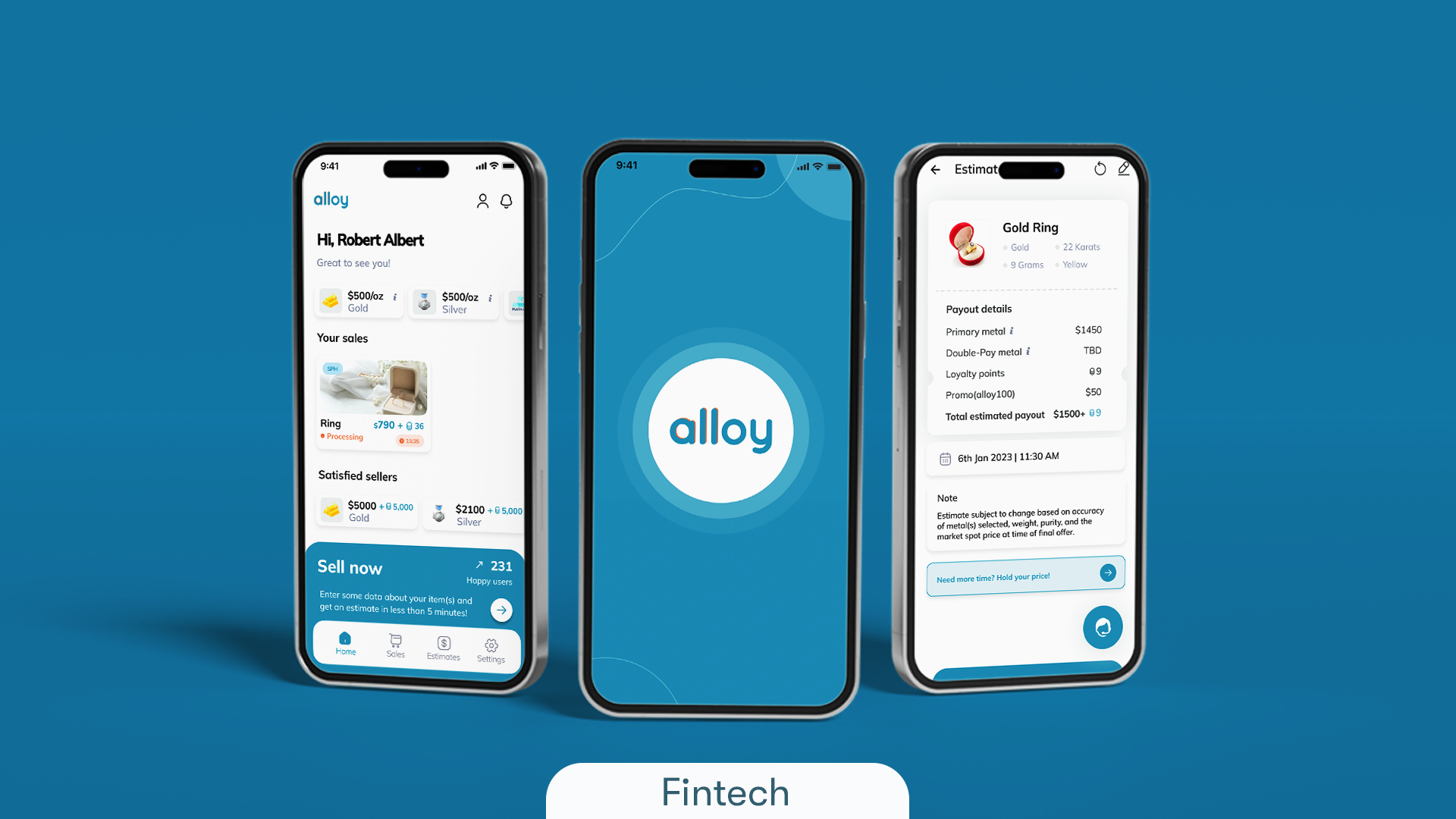August 20th, 2025 at 08:33 am
Building a Minimum Viable Product (MVP) is an exciting first step for any startup. It’s your chance to turn a great idea into a tangible product. However, this crucial stage is filled with pitfalls that can burn through your cash and lead to failure. Many common startup failure reasons stem directly from a flawed MVP strategy. Understanding these MVP mistakes is the first step to avoiding them.
Let’s break down the most common reasons why startups fail at the MVP stage and how you can get it right.
Mistake #1: Solving a Non-Existent Problem
This is the cardinal sin of product development. You fall in love with a solution before confirming that a real, painful problem even exists. This is the fastest way to guarantee you’re building the wrong product. Your team spends months and a significant amount of cash developing a sleek app or platform, only to launch to the sound of crickets. No one signs up because no one was looking for that solution in the first place.
How to avoid it: Before writing a single line of code, get out of the building. Talk to potential customers. Validate the problem, not your idea. Ask questions like, “What is the hardest part of [the process you’re trying to improve]?” and “Have you tried to solve this before?” If people aren’t actively seeking a solution, you might be building a “vitamin” when you need to be building a “painkiller.”
Mistake #2: Skipping User Research
Closely related to the first mistake, this one is about acting on assumptions instead of evidence. You might be correct that a problem exists, but you build your MVP based on your idea of the ideal solution without consulting the people who will actually use it. This leads to building features no one wants, creating a confusing user interface, and completely missing the mark on what the user truly values.
How to avoid it: User research doesn’t have to be expensive. Conduct interviews, run surveys, create simple wireframes and show them to your target audience. Create user personas to deeply understand their motivations and pain points. This feedback is invaluable and will guide you to build a product that people genuinely want to use.
Mistake #3: Choosing the Wrong Tech
Your technology stack is the foundation of your product, and choosing the wrong one can be a costly error. There are two common ways this goes wrong:
- Over-engineering: You choose a complex, enterprise-level technology because it’s what “real” tech companies use. This is a form of premature scaling. It slows down development, increases costs, and makes it incredibly difficult to pivot when you get user feedback.
- Chasing Trends: You pick a new, trendy framework without considering the availability of developers or long-term support. This can leave you stranded when you need to scale or fix critical bugs.
How to avoid it: For an MVP, prioritize speed and flexibility. Choose a proven, well-supported technology stack that allows for rapid development and iteration. The goal is to learn quickly, not to build a perfectly scalable system for a million users you don’t have yet.
Mistake #4: Ignoring a Marketing Plan
The “if you build it, they will come” mindset is a myth. An MVP isn’t just a test of your product; it’s a test of your ability to reach and acquire customers. Launching without any plan for distribution means you won’t get users, and without users, you can’t get feedback. This lack of traction is a primary reason why startups fail.
How to avoid it: Your marketing plan doesn’t need to be elaborate. Identify one or two channels where your target audience spends their time (e.g., LinkedIn, Reddit, specific blogs). Build a simple landing page to capture emails before you launch. Start talking about the problem you’re solving and build a small community. Having a basic go-to-market strategy ensures you have a path to your first 100 users.
Mistake #5: Obsessing over Perfection
This mistake is the antithesis of the MVP philosophy. Founders often fear launching an imperfect product, so they keep adding “just one more feature.” This “feature creep” delays the launch, drains the budget, and, worst of all, prevents you from getting the most valuable asset of all: real-world user feedback. You end up polishing a product that might be solving the wrong problem entirely.
How to avoid it: Be ruthless with your feature list. Define the absolute single most important problem your product solves and build only the core features needed to solve it. Remember, the ‘V’ in MVP stands for Viable, not perfect. Launch it, learn from it, and then iterate. An imperfect product in the hands of users is infinitely more valuable than a “perfect” product that never ships.
FAQs
Q: What exactly is a Minimum Viable Product (MVP)?
A: An MVP is the most basic version of a new product that allows a team to collect the maximum amount of validated learning about customers with the least amount of effort. Its primary goal is to test a hypothesis and gather feedback.
Q: How “minimum” should my MVP be?
A: Your MVP should have just enough features to solve the core problem for your initial set of users (early adopters) and demonstrate your unique value proposition. If you can solve the user’s primary problem, it’s minimum enough to launch.
Q: Why do so many MVPs fail?
A: Many MVPs fail because they are built on unvalidated assumptions. The most common MVP mistakes include solving a non-existent problem, failing to get user feedback, and focusing more on features than on learning. This often results in building the wrong product that nobody wants to use or pay for.
Avoid burning through cash and build a product people love. Contact us to get started.












